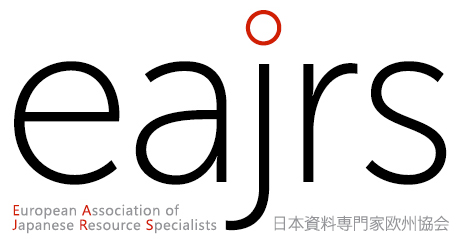Obei Bijutsu Angya, the Kuwabara Collection, Shimane University Library Digital Collections (2023)
Digital collections of rare resources are very important for the internet age, particularly from relatively remote libraries and museums as geographical obstacles to their access can be overcome through the internet. As one of the users who has enjoyed the convenience of these resources, Noboru Koyama would like to introduce "Obei Bijutsu Angya" ("The Pilgrimage of Art in Europe and America"), a book-form manuscript (12 volumes) written by Kuwabara Yojiro, a scholar of Japanese arts and crafts from Matsue City.
Yoko Sato would like to introduce the Kuwabara Collection and other important digital collections from Shimane University Library in Matsue City.
